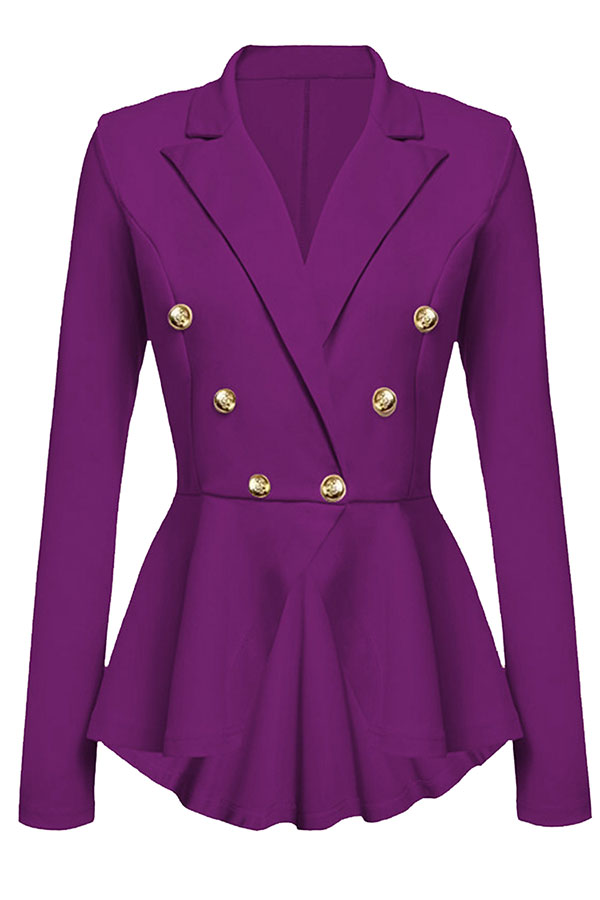Sunglasses or sun glasses are a form of protective eyewear designed primarily to prevent bright sunlight and high-energy visible light from damaging or discomforting the eyes. They can sometimes also function as a visual aid, as variously termed spectacles or glasses exist, featuring lenses that are colored, polarized or darkened. In the early 20th century they were also known as sun cheaters (cheaters being an American slang term for glasses).
The American Optometric Association recommends sunglasses whenever a person is in the sun. to protect the eyes from ultraviolet radiation (UV) and blue light, which can cause several serious eye problems. Its usage is mandatory immediately after some surgical procedures such as LASIK and recommended for a certain time period in dusty areas, when leaving the house and in front of a TV screen or computer monitor after LASEK.
Sunglasses have long been associated with celebrities and film actors primarily from a desire to mask their identity. Since the 1940s sunglasses have been popular as a fashion accessory, especially on the beach.
In prehistoric and historic time, Inuit peoples wore flattened walrus ivory “glasses,” looking through narrow slits to block harmful reflected rays of the sun.
It is said that the Roman emperor Nero liked to watch gladiator fights with emeralds. These, however, appear to have worked rather like mirrors. Sunglasses made from flat panes of smoky quartz, which offered no corrective powers but did protect the eyes from glare were used in China in the 12th century or possibly earlier. Ancient documents describe the use of such crystal sunglasses by judges in ancient Chinese courts to conceal their facial expressions while questioning witnesses.
James Ayscough began experimenting with tinted lenses in spectacles in the mid-18th century, around 1752. These were not “sunglasses” as that term is now used; Ayscough believed blue- or green-tinted glass could correct for specific vision impairments. Protection from the Sun’s rays was not a concern for him.
In the summer I wear shorts with a bright top and ankle boots or just sandals. I’ll add a nice scarf, maybe a hat, some cool sunglasses. It’s all about the accessories.
-Alessandra Ambrosio
Yellow/amber and brown-tinted spectacles were also a commonly prescribed item for people with syphilis in the 19th[dubious – discuss] and early 20th centuries because sensitivity to light was one of the symptoms of the disease.
Effect of pair of polarized filters
In the early 1920s, the use of sunglasses started to become more widespread, especially among stars of movies. It is commonly believed that this was to avoid recognition by fans, but an alternative reason sometimes given is that they often had red eyes from the powerful arc lamps that were needed due to the extremely slow speed film stocks used.[citation needed] The stereotype persisted long after improvements in film quality and the introduction of ultraviolet filters had eliminated this problem.
Inexpensive mass-produced sunglasses made from celluloid were first produced by Sam Foster in 1929. Foster found a ready market on the beaches of Atlantic City, New Jersey, where he began selling sunglasses under the name Foster Grant from a Woolworth on the Boardwalk. By 1938 Life magazine wrote of how sunglasses were a “new fad for wear on city streets … a favorite affectation of thousands of women all over the U.S.” It stated that 20 million sunglasses were sold in the United States in 1937, but estimated that only about 25% of American wearers needed them to protect their eyes.
Polarized sunglasses first became available in 1936, when Edwin H. Land began experimenting with making lenses with his patented Polaroid filter.




